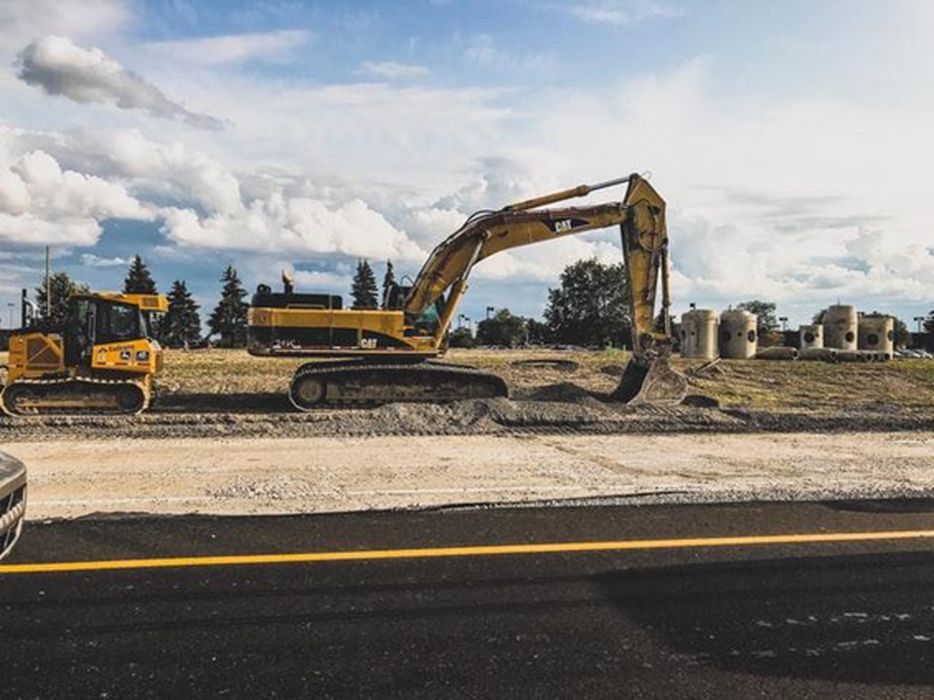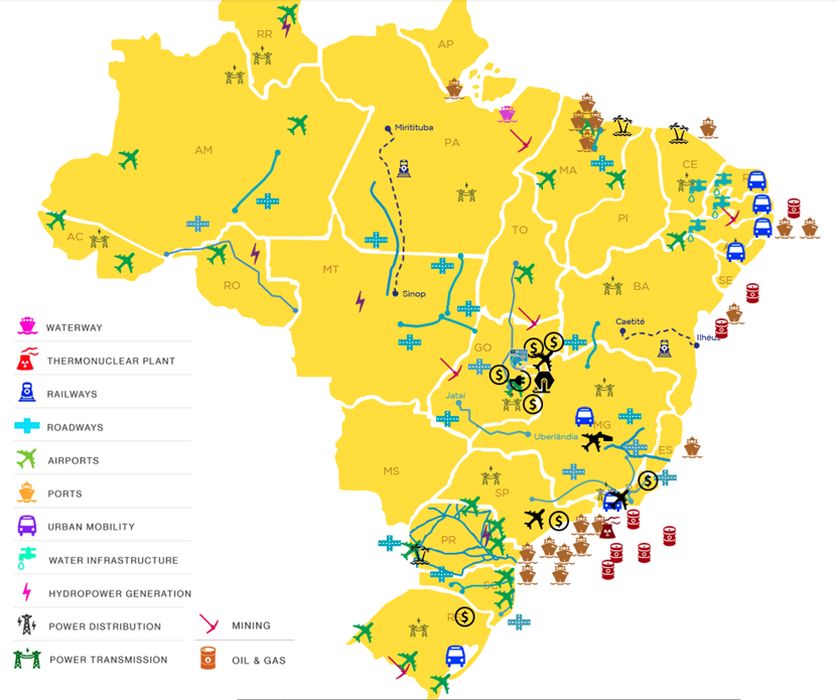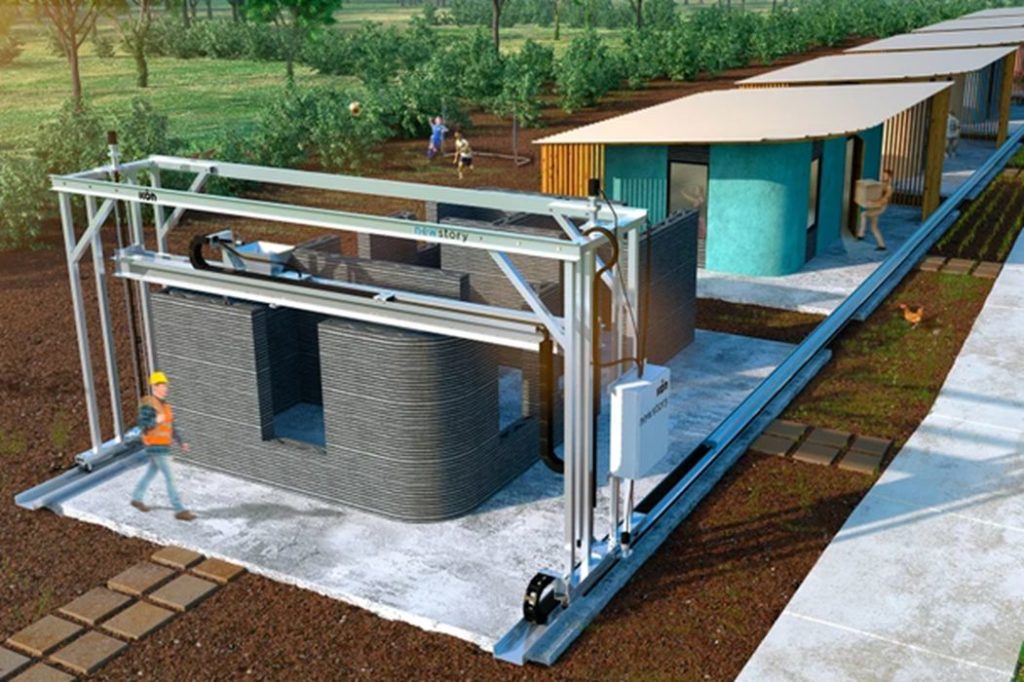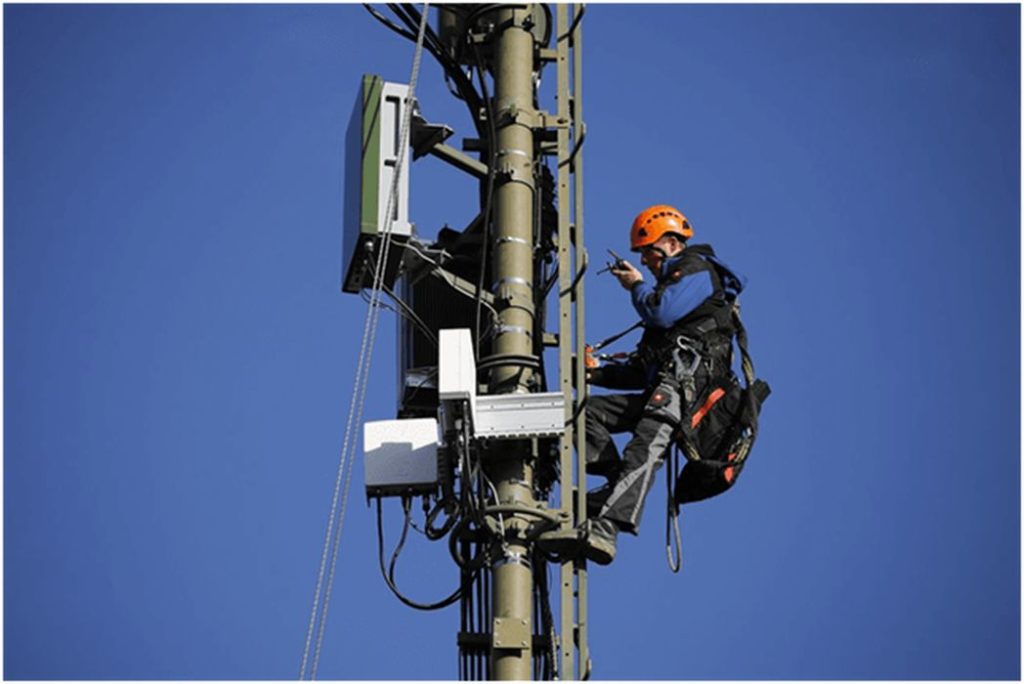Andressa Bonafe and Charles Goulding investigate the possibilities for using 3D printing in infrastructure in developing countries.
Infrastructure development has long been recognized as a major driver of economic development. As pointed out by the International Monetary Fund, while the quality, quantity, and accessibility of infrastructure in developing countries still lags considerably behind those in advanced economies, efforts to scale up infrastructure investment have been a key pillar in national development strategies.
Mexico recently announced an ambitious infrastructure program aimed at revitalizing the country’s economy and increasing its generation capacity. In 2020 alone, 68 projects were announced, including the construction of six natural gas-powered combined cycle power plants, one natural gas pipeline, one compression station, and a liquefied natural gas export terminal. The four-year program is expected to require a US$43B investment, potentially generating an annual growth of more than 4 percent, and creating hundreds of thousands of jobs.
Similarly, Brazil’s infrastructure minister expects US$50B in investments by the end of 2022. A series of concession projects are aimed at modernizing the country’s airports, ports, highways, and railways. In May 2021, auctions attracted almost US$10B, which will be geared toward 22 airports, five ports, a rail line linking the country’s east coast with the western agricultural interior and multiple road works.
The 3D printing industry can greatly benefit from growing investments in infrastructure around the globe. Five areas stand out as particularly promising:
- Concrete: There have been major international developments in 3D printing and construction, including the world’s first 3D printed community in Tabasco, Mexico. Additive manufacturing with concrete can help quickly and efficiently create a variety of structures with minimal material waste. Combine this with the low cost and high production speed, 3D printed concrete offers an environmentally friendly way to handle construction.
- Fasteners: There is no escaping it, a myriad of fasteners will be needed for every infrastructure project. Though seemingly trivial, supply chain issues involving fasteners have been known to disrupt projects and cause delays. While traditional means of manufacturing fasteners involve expensive machinery, multiple steps, and significant labor costs, 3D printing can allow for faster and more efficient production with enhanced design flexibility.
- Tools: Just as fasteners, tools are crucial to any infrastructure project. The potential of 3D printing to revolutionize the tooling industry is evident in Stanley Black & Decker’s commitment to this area of innovation. Whether it is benchmarking and expanding 3D printing material applications or working with startup accelerator Techstars, Stanley is notably one of the world’s leading innovators when it comes to 3D printing.
- Telecom Antennas: Telecom networks, and 5G in particular, require a significant number of antennas. Additive manufacturing can produce high-performance antennas that are steerable and effective, minus the exorbitant costs associated with traditional manufacturing.
- Water/Sewer projects: In addition to involving some of the above-mentioned categories, water/sewer projects require pumps, valves, filters, and piping, all of which have greatly benefited from 3D printing applications. Valve manufacturers, in particular, have implemented groundbreaking improvements to develop and refine their products and processes.
The Research & Development Tax Credit
The now permanent Research and Development (R&D) Tax Credit is available for companies and startups developing new or improved products, processes and/or software.
3D printing can help boost a company’s R&D Tax Credits. Wages for technical employees creating, testing and revising 3D printed prototypes can be included as a percentage of eligible time spent for the R&D Tax Credit. Similarly, when used as a method of improving a process, time spent integrating 3D printing hardware and software counts as an eligible activity. Lastly, when used for modeling and preproduction, the costs of filaments consumed during the development process may also be recovered.
Whether it is used for creating and testing prototypes or for final production, 3D printing is a great indicator that R&D Credit eligible activities are taking place. Companies implementing this technology at any point should consider taking advantage of R&D Tax Credits.
Conclusion
3D printing can greatly contribute to the success of infrastructure projects in emerging countries. From concrete to antennas, additive manufacturing applications represent promising alternatives to ongoing efforts aimed at improving the quality, quantity, and accessibility of infrastructure around the globe.




